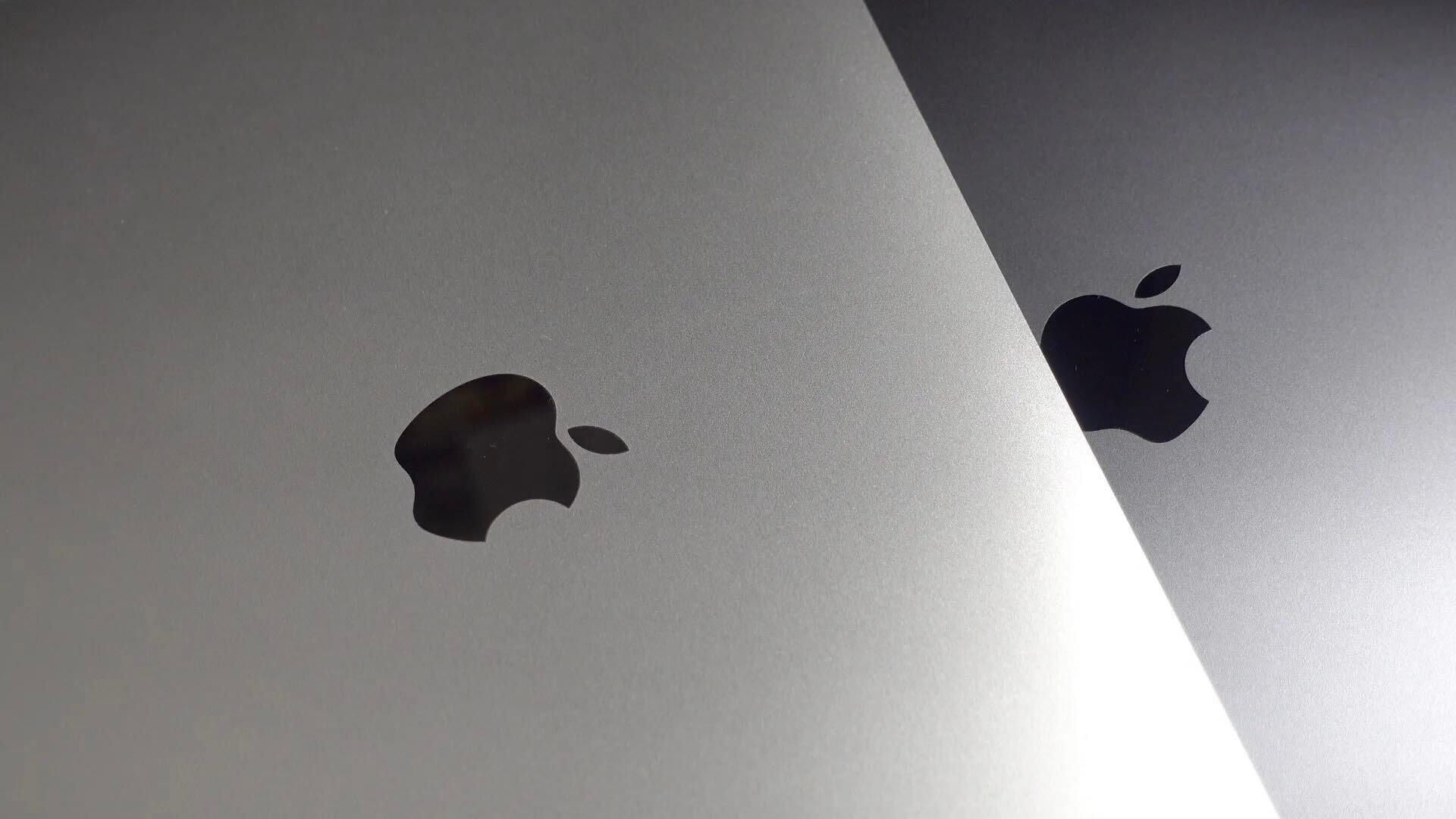
Popular virtualization software VMWare Fusion has been updated to version 11 this week with a handful of new features and enhancements. The update brings support for the latest MacBook Pro and iMac Pro, as well as macOS 10.14 Mojave optimization, and more.
Specifically, VMWare Fusion 11 adds support for the 18-core iMac Pro and the 2018 MacBook Pro with the Intel six-core Core i9 processor. There’s also support for host and guest operating systems in macOS 10.14 Mojave.
In addition to better hardware and software optimization, VMWare Fusion 11 now defaults to Apple’s Metal graphics engine – an important change as Apple continues to transition from OpenGL.
Elsewhere, VMWare Fusion 11 features a new Application Menu, which it says makes accessing Windows applications much easier. VMWare’s integration with the Finder application has also been improved, adding support for drag and drop file paths and more.
For Touch Bar MacBook Pro users, VMWare Fusion 11 adds additional customization options. This means users can now pin options such as Print Screen, Snapshot, and more to their Touch Bar while in VMWare.
The update also brings a slew of performance improvements. Users can now use NVMe to improve SSD performance, while there are other security improvements and more.
Fusion 11 includes many under-the-hood changes to increase performance, particularly with Virtual NVMe devices. Simply change your virtual disk type to NVMe to increase performance on SSD storage equipped Macs.
Also included are a bounty of security fixes and architectural changes to mitigate against todays latest hardware and software based threats like Spectre, Meltdown and L1TF vulnerabilities.
VMWare Fusion 11 is available starting at $79.99 for new customers and $49.99 as an upgrade.
Below is the full change log for VMWare Fusion 11. Are you a VMWare user or do you prefer an alternative such as Boot Camp or Parallels? Let us know down in the comments.
What’s New
The following support is new in Fusion 11:
- New guest operating system support
- Windows 10 1803
- Ubuntu 18.04
- macOS 10.14
- Fedora 28
- RHEL 7.5
- CentOS 7.5
- Debian 9.5
- OpenSuse Leap 15.0
- FreeBSD 11.2
- ESXi 6.7
- Advanced graphics
DirectX 10.1 support is added for Fusion 11. DirectX 10.1 is an incremental update of DirectX 10.0. It provides higher visual quality through the support of multi-sample anti-aliasing (MSAA). DirectX 10.1 also supports Shader Model 4.1 and Cubemap Array.- Hardware requirements for DirectX 10.1:
- MacBook (early 2015 or later)
- MacBook Air (mid 2012 or later)
- MacBook Pro (mid 2012 or later)
- Mac Mini (late 2012 or later)
- iMac (late 2012 or later)
- Mac Pro (late 2013 and later)
Metal renderer should be supported by the macOS host
- Software requirements:
- macOS 10.13.0 and later
- Hardware requirements for DirectX 10.1:
- VMware hardware version 16
The maximum amount of graphics memory is now bumped up to 3072 MB.
- Hosts and Clusters view when you connect to vCenter (Fusion 11 Pro only)
Fusion 11 adds a new Hosts and Clusters view when you connect to a vCenter Server from Fusion. You can easily toggle between VM view and Hosts and Clusters view.
- vSphere 6.7 support
You can now connect to a vSphere 6.7 vCenter Server or ESXi 6.7 host directly. You can also import VCSA 6.7 within Fusion 11.
- New Applications menu
Fusion 11 provides a brand-new design Applications menu to do more than simply launching applications from within the guest:- Creation of new virtual machines
- Virtual machine power operations
- Switching from different views
- Taking snapshots
- Launching virtual machine settings
- REST API for networking operations
Fusion REST API is extended to support the following networking operations- create vmnet
- MAC address to IP binding
- get MAC address
- Customizable Touch Bar support
Fusion 11 supports Touch Bar to be customizable in the following scenarios:- Library window
- Virtual machine window
- SSH login to a Linux virtual machine
You can now access a Linux virtual machine with SSH provided by Fusion 11. Fusion 11 can remember the user name and password, so virtual machine access is as easy as a mouse click.
- User experience improvements
- Virtual machine title bar – With the new virtual machine toolbar, you can now navigate the virtual-machine path and quickly view the full path in a text file or terminal window on the Mac host.
- New default virtual machine location – The default virtual machine folder for new installations of Fusion 11 is your home directory/Virtual Machines.
- Performance improvements for virtual NVMe storage
Known Issues
- On a Coffee Lake, Skylake, or Kaby Lake Mac machine with High Sierra 10.13 installed, Windows 10 virtual machines display glitches when the display resolution is greater than 4096 pixels
On a Coffee Lake, Skylake, or Kaby Lake Mac machine, if the host is installed with macOS High Sierra 10.13 and is using an Intel graphics card, the display of a running Windows 10 virtual machine starts to function improperly when the display resolution exceeds 4096 pixels. This issue does not occur when any of the following conditions apply to the Mac machine.
- Uses a non-Intel graphics card
- Is installed with a macOS version prior to macOS High Sierra 10.13
- Is not a Coffee Lake, Skylake, or Kaby Lake model
Workaround: Upgrade to latest macOS 10.14.
- Content in the clipboard of a virtual machine is automatically copied to the host tmp folder when you right-click in the hostThe issue occurs on macOS 10.14 hosts only. In the guest, after you copy one or more files, when you right-click the mouse in the host, the copied files are saved to the /tmp/VMwareDnD folder of the host.
Subscribe to 9to5Mac on YouTube for more Apple news:
FTC: We use income earning auto affiliate links. More.




Comments